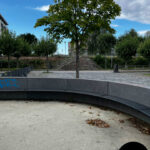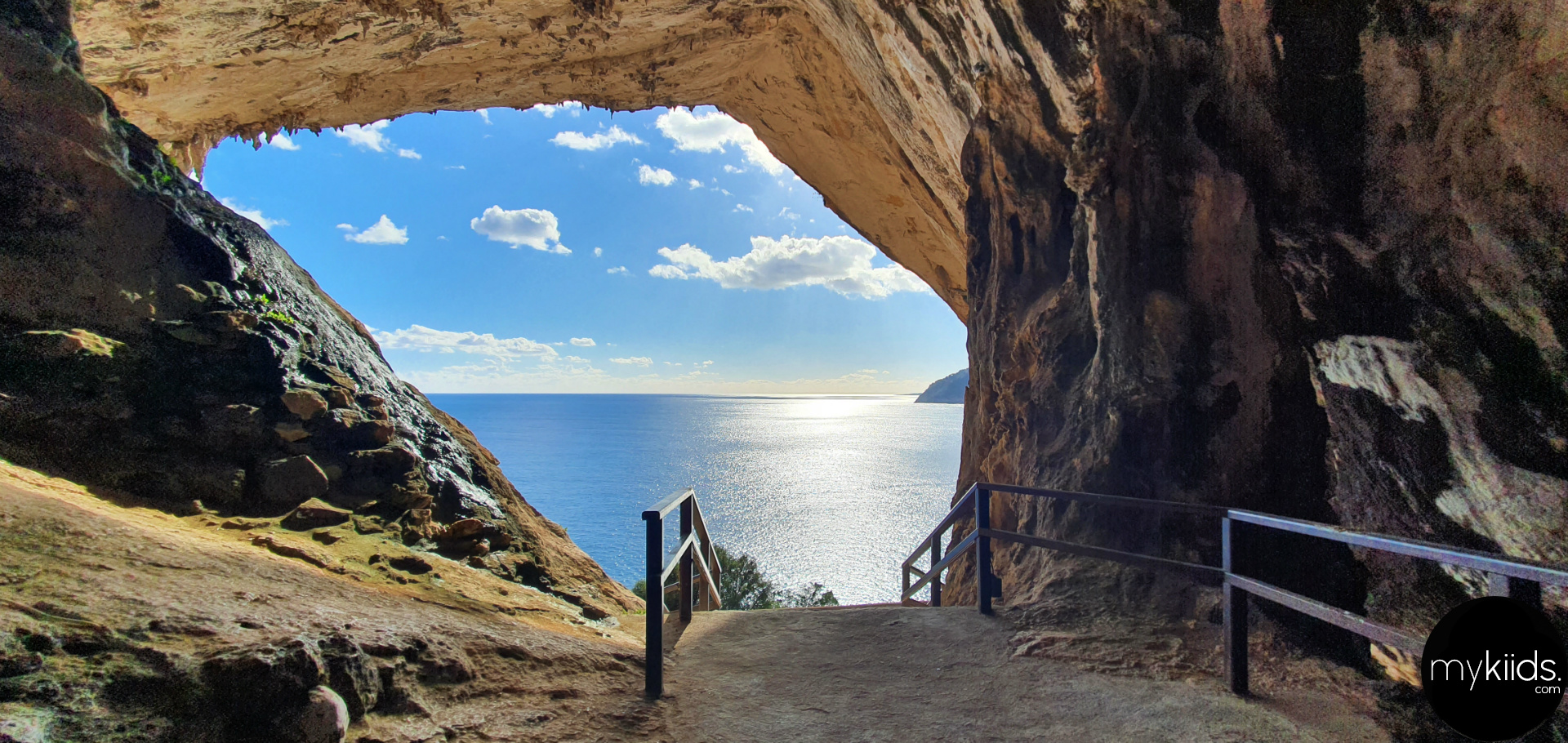
Around the island of Mallorca, there are more than 200 known cave systems, however, many of them have not yet been thoroughly investigated, and there undoubtedly are still many more just waiting to be discovered. And albeit most of them being restricted to visitors, there are a famous few who do provide an intriguing glimpse into the island’s subterranean history. We will take a look at the top five stalactite caves that are open to visitors; three are on the east coast, one is in the northwest, and the fifth is directly in Palma. All of these places are worth seeing (especially for cave enthusiasts), because each cave is unique and have distinctive characteristics. The island of Mallorca has a lot of limestone and sandstone, which is perfect for the construction of these caves and caverns.
And for those of you wanting to go a bit further, even with older teenagers, the island also has several underwater caverns, and numerous diving shops around Mallorca provide excursions into these caves.
Therefore we encourage you to visit and/or take a guided trip to one or more of these places to see unusual rock formations, stalactites that have been around for thousands of years, and even underground lakes.
Here are our top cave systems that are accessible to the general public.
Caves of Drach in Porto Cristo
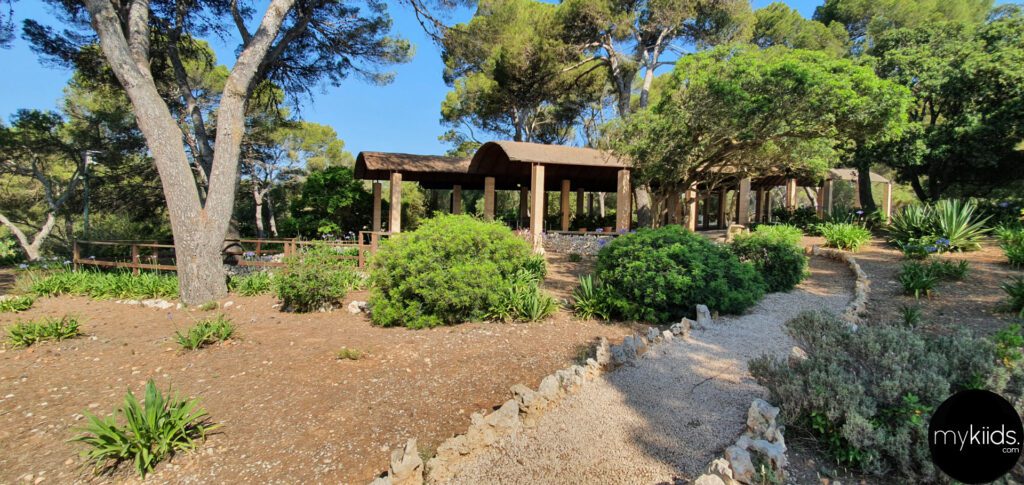
On Mallorca’s east coast, near the community of Porto Cristo, lie the Dragon Caves (also known as the Cuevas del Drach in Spanish). It is perhaps one of Mallorca’s top tourist attractions. These caves were possibly also known in the middle ages as a letter from 1338 is the first source to mention the Dragon’s Caves.
The Dragon Caves are approximately 4 km long and 25 m deep. Within the caves, the temperature is at roughly 21°C, and the humidity is at circa 80%. There are a total of four very large caverns (Black Cave, White Cave, Cave of Luis Salvador, and French Cave), and they are all interconnected to one another (The White and Black caves had been mapped by a German cave explorer named M.F. Will later, in 1880). On top of this, there are a total of seven lakes across the four interconnecting grottoes (a grotto is a natural or artificial cave) that make up the cave system. The biggest subterranean lake in Europe, Lake Martel, is located in the “Grotto of the French.” It is named for the French adventurer and scientist Édouard-Alfred Martel who was invited to map the cave in 1896. There are classical music concerts on the ca. 170-meter-long body of water. After that, guests can either use a rowing boat or a bridge to cross the lake, which was formed by water from the Mediterranean Sea being forcefully driven through the openings of the rock formations.
The Dragon Caves are accessible to the general public. Find out more about this place by visiting our listing of the Caves of Drach here on mykiids. If you are in Alcudia you can book tickets via our partner GetYourGuide. Alternatively, GetYourGuide also features another tour operator if you are coming from the South of Mallorca (Pickup is available from the south of Mallorca, including the resorts of Arenal, Can Pastilla, Palma, Costa den Blanes, Cala Major, Portals, Palmanova, Magalluf, Santa Ponsa, Paguera, and Camp de Mar). You can book tickets directly there for a tour. Alternatively, if you are arriving by car, then you can purchase tickets on the website or directly at the location.
Hams Caves In Porto Cristo
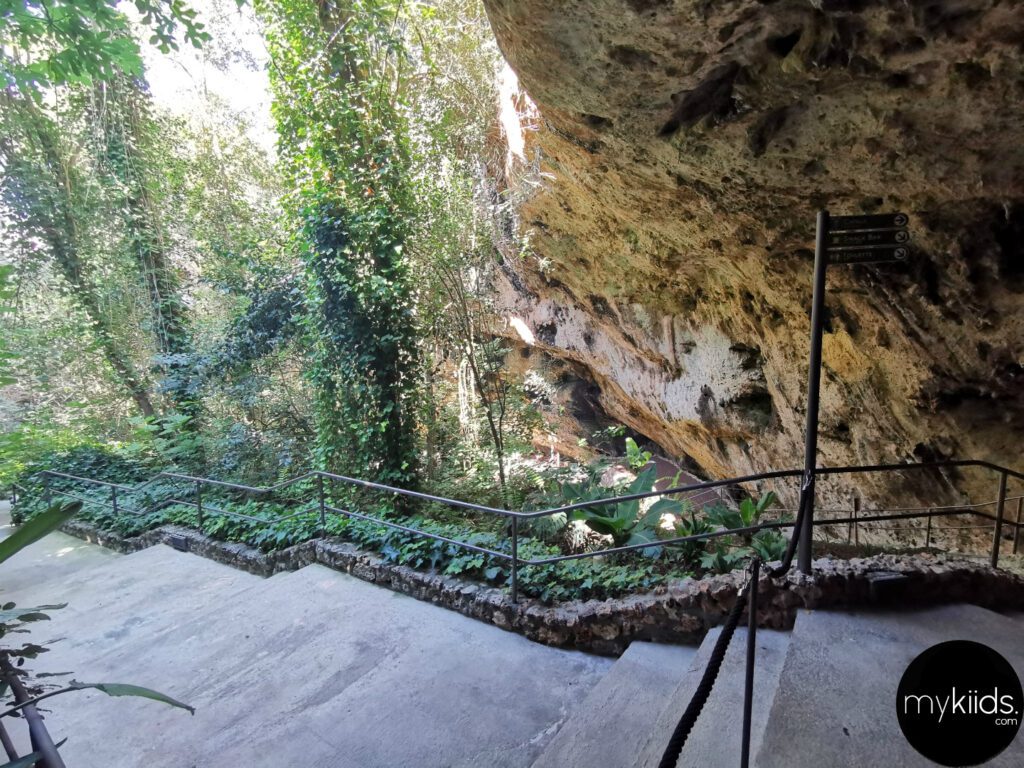
On Mallorca’s east coast, about 1 km from Porto Cristo, are the Hams caverns (Cuevas Dels Hams). Although slightly smaller than the nearby Dragon Caves, the Cuevas dels Hams are no less stunning. They are equally well-known and provide tourists with a comparable program. The name derives from the formations found within the caves, a tree-like stalactite formation, which have hook-like shapes, making them very unique (“hams” in Mallorquin means “fish hooks”).
In 1905 Pedro Caldentey found the caverns which includes the main cave that has twelve distinct sections. Initially, you’ll visit the blue cave and see the documentary “Discovering the Past” with information about the formations of the Hams caverns, their discovery, the history of Mallorca. From there you’ll get to see the “Sea of Venice” – a subterranean lagoon located in the Hams Caves. The crystal-clear water of the subterranean lakes reflects the magnificent stalactite formations. A concert with a light show on the subterranean lake is the climax of the 500-meter journey.
After the discovery, the son of the discoverer, Lorenzo Caldentey provided power to the caverns for shows and excursions. However today, visitors may now take in the “Magical Mozart” performance.
Find out more about this place by visiting our listing of the Caves of Ham here on mykiids. Alternatively, you can book your ticket safely and securely directly with GetYourGuide. And for families, especially for those with children, as of this past summer 2022, the Dinosaur Land Mallorca opened it’s doors, conveniently located a mere 150 meters next to the caves of Ham. Read all about our experience here, visit our listing on myKiids or even book a combination ticket that includes entrance to the Caves of Ham and the Dinosaur Land. The official website of the Caves of Hams can be found by clicking here.
Note: Open All Year Round – check the official website for more details.
Caves of Arta (in Arta, near Canyamel)
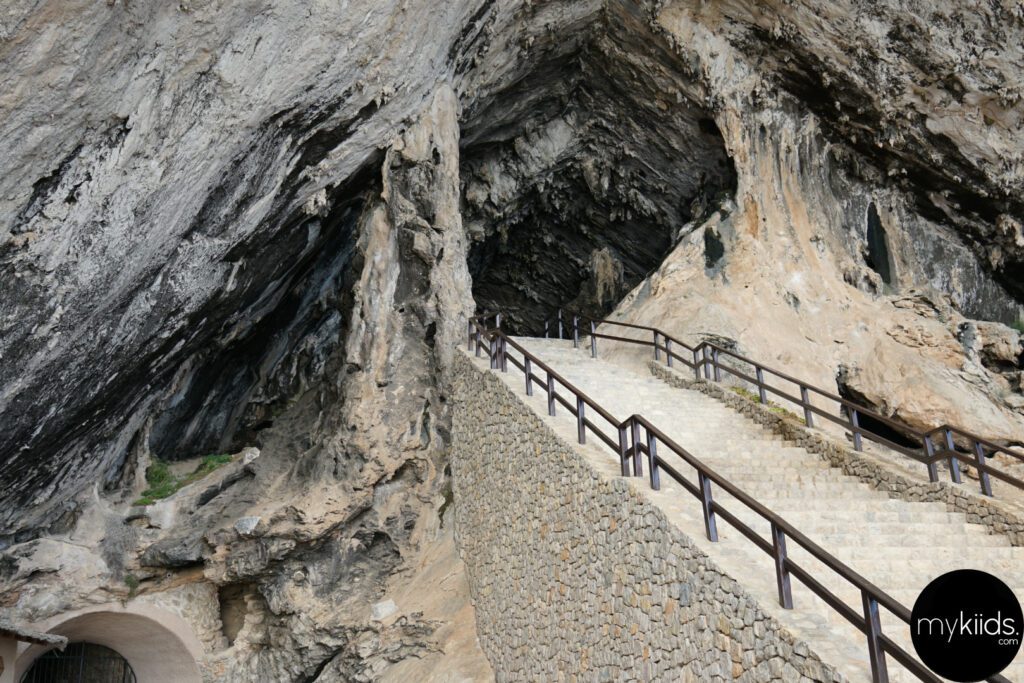
In the north-east of Mallorca, near Canyamel, 13 kilometers southeast of Artà, is where these caverns are located. In the Artà caverns, it is believed that you may trace Jules Verne’s steps. The caves in Arta are credited as being the inspiration for the French author’s novel “Journey to the Center of the Earth”.
A trip to the Coves d’Artà will take you 40 meters down into a spectacular cave system. Strange stalactites and stalagmites that resemble Heaven and Hell may be found everywhere in the caves of Arta.
It is difficult to understand how French geologist Edouard Martel felt when he entered the caverns for the first time in 1876, since they are now a popular tourist destination. It was dark, enigmatic, and menacing and that is how various chambers are named today including – Hell, Purgatory, and Paradise, grotesque names for some of the many rooms. Today, Arta’s caverns include light and sound shows.
The tour through the Caves of Arta pass by stalagmites, some of which may reach a height of 22 meters, hanging down from the high arched ceiling, like a Gothic column. The roughly 40 minute guided tour winds through the caves, one of which is comparable to nave of the Palma Cathedral.
The caves of Arta have many stairs and will be particularly challenging for those with disabilities and those with restricted mobility. It is advised to also wear appropriate shoes because the floor may be slick. Upon leaving the caves you are met with an amazing view of the sea.
Find out more about this place by visiting our listing of the Caves of Arta here on mykiids. Tickets are purchasable on site and via their webpage. The caves are open all year round. Time tables are also listed on the website.
Caves de Campanet
The Coves de Campanet, on the foothills of the Tramuntana, appear uncomplicated and undeveloped in comparison to the tourist-marketed caverns on Mallorca’s east coast. Having opened to the public in 1948, there are guided visits and a bar, beginning with the 370 stairs that go down into the depths mark the start of the 400-meter tour, which thereafter continues as a little walkway. Visitors go through tunnels and hallways, including chambers known by romantic names such as Sala Romántica (the Romantic Chamber), Sala del Lago (the Lake Chamber), Castillo Encantado (Enchanted Castle), Sala de la Palmera (the Palm Tree Chamber), Cascada Sonora (Musical Waterfall). On the roughly 40-minute circuit you get to see Europe’s longest thin stalactites, the record-holder of which hangs four meters from the ceiling and has a diameter of only four millimeters. Intentionally, there are no lighting effects or musical interludes in the Coves de Campanet. Here, the emphasis is on the distinctive beauty of nature.
In the Coves de Campanet, there are often no set tour schedules; instead, the excursions start when a small group has collected on location. The Coves de Campanet are a good choice for a vehicle trip in Mallorca because they are situated in the north of the island in the Sierra de Tramuntana, about ten kilometers from Inca.
The caves are open year round. More information regarding times can be found on their website. You can also find out more about this place by visiting our listing of the Caves of Campanet here on mykiids. Alternatively, you can directly book tickets with our partner GetYourGuide.
Caves of Genova
The Coves de Genova near Palma are even more untainted than the Coves de Campanet. Compared to its rivals on the east coast, the cave system is very modest. Albeit with special illumination, the caverns are stunning to look at since the route passes through several galleries that are connected by passages. The Coves de Genova are especially well-liked by outdoor enthusiasts who enjoy exploring caves in peace and quiet without being bothered by large crowds of tourists. The Genova district’s caverns are situated above Palma. The fun thing about the entrance is that the Caves of Genova are entered through a restaurant.
You can find out more about this place by visiting our listing of the Caves of Genova here on mykiids. More information regarding times can be found on their website. If you want to book your ticket directly, then this can be done via GetYourGuide.
Fun Fact:
All the magnificent stalactites that develop in these caves average a growth of 1 centimeter every 100 years!



